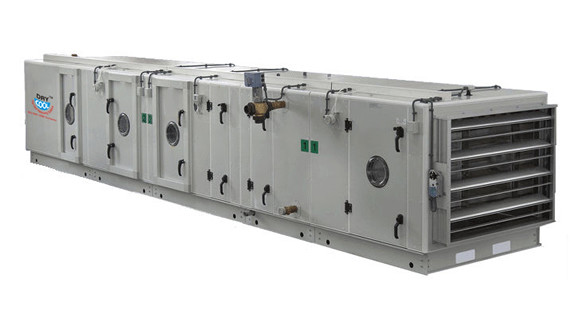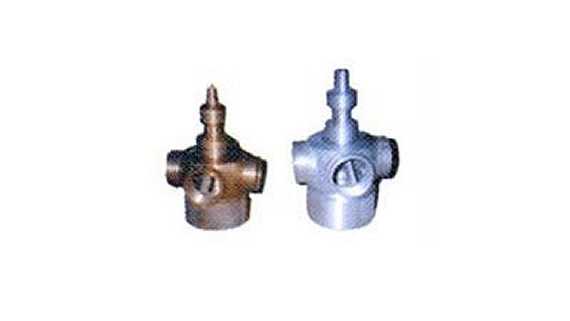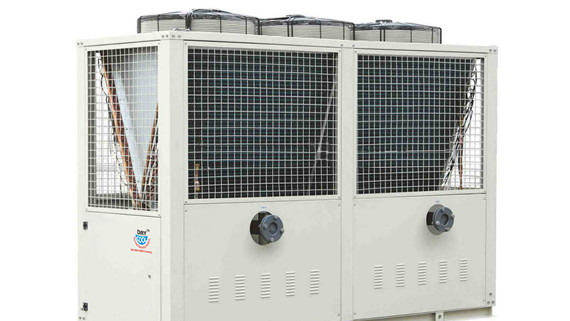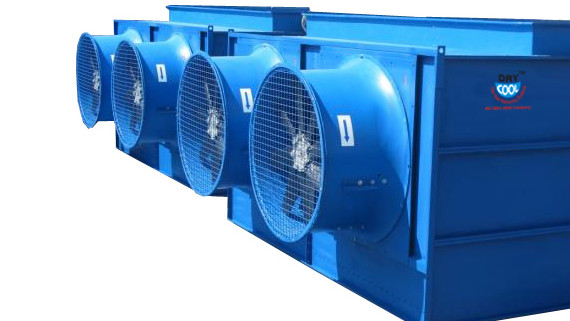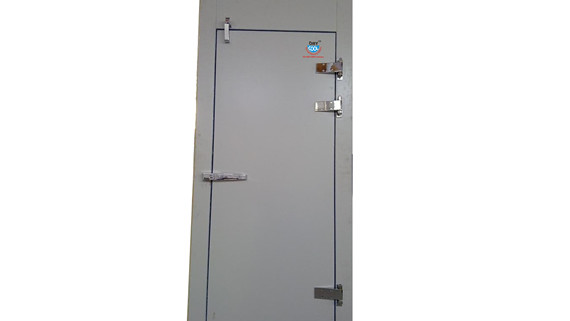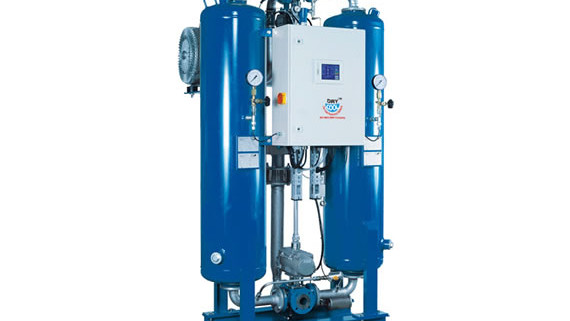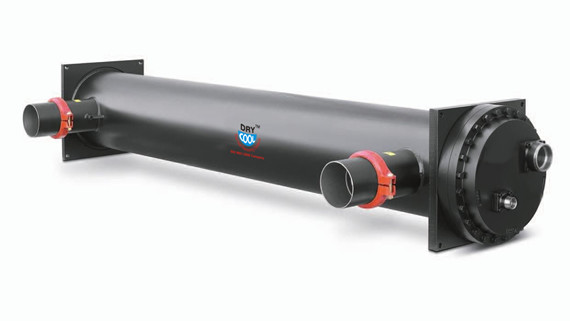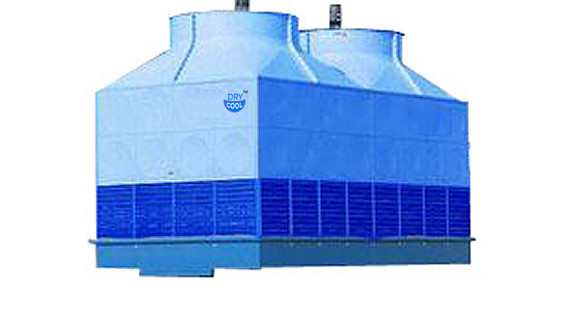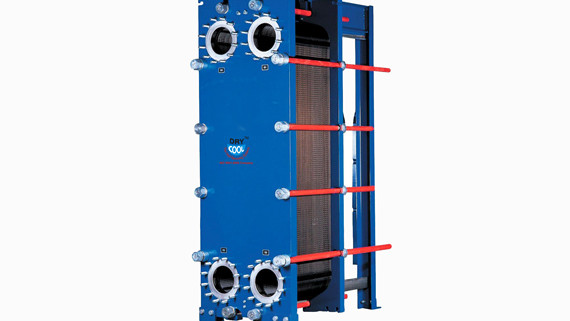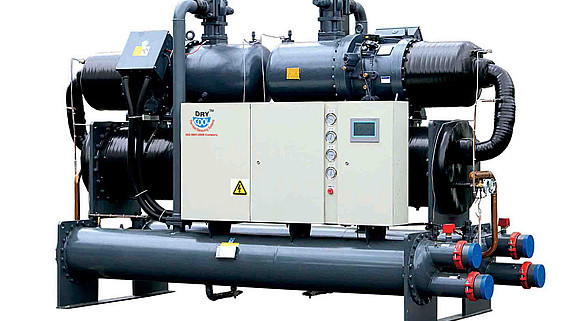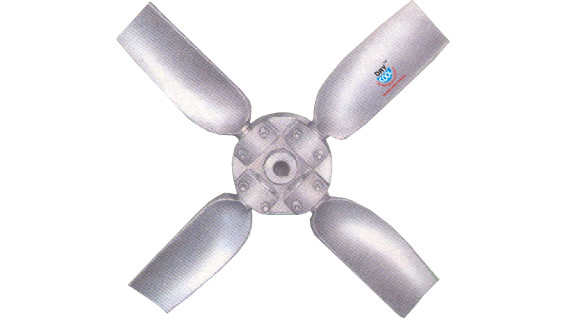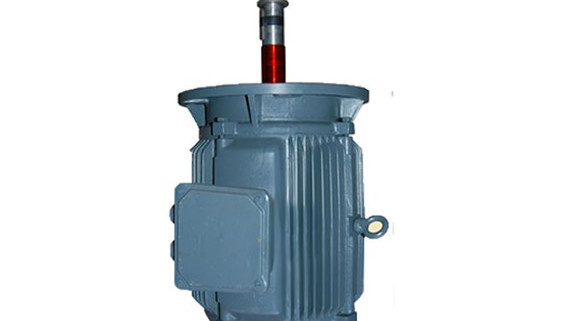CALL: +91-9811134394
Air Receivers
Air receivers are tanks used for compressed air storage and are recommended to be in all compressed air systems. Using air receivers of unsound or questionable construction can be very dangerous. Therefore, the American Society of Mechanical Engineers (ASME) has developed a code regarding the construction of unfired pressure vessels, which has been incorporated into many federal, state, and local laws. This particular code is ASME Code Section VIII Division 1. Air receivers should always meet or exceed this code in addition to any other state, municipal, or insurance codes that may apply.
Browse our selection of Air Receiver Tanks or call us toll-free: 866-650-1937 if you have any questions. Learn more with this helpful article about.
How to size an air reciever tank.
The ASME also approves the receiver accessories. They are equipped with a safety valve, which is set at a pressure lower than the working pressure for which the air receiver was stamped and at a higher pressure than the operating pressure, to safeguard against excessive pressure. In addition, receivers have a drain valve to eliminate accumulated moisture. They also have pressure gauges, handholes or manholes, and a base for vertical air receivers. Standard receivers are designed for horizontal or vertical mounting.
Air receivers serve several important purposes:
- Decrease wear and tear on the compression module, capacity control system and motor by reducing excessive compressor cycling.
- Eliminate pulsations from the discharge line.
- Separate some of the moisture, oil and solid particles that might be present from the air as it comes from the compressor or that may be carried over from the aftercooler.
- Help reduce dew point and temperature spikes that follow regeneration.
- Offer additional storage capacity made to compensate for surges in compressed air usage.
- Contribute to reduced energy costs by minimizing electric demand charges associated with excessive starting of the compressor motor.
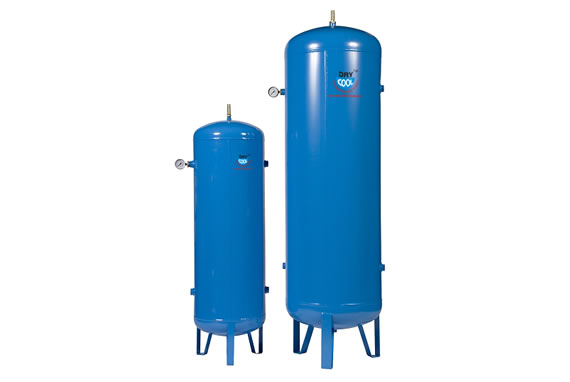
The benefit of extra storage capacity alone outweights the additional cost of this component.
-
There are wet air receivers (supply) and dry air receivers (demand).
Wet Receivers: Wet receivers provide additional storage capacity and reduce moisture. The large surface area of the air receiver acts as a free cooler, which is what removes the moisture. Because the moisture is being reduced at this point in the system, the load on filters and dryers will be reduced. The term “wet receiver” refers to the storage vessel or tank placed immediately after the compressor. This device helps with contaminant removal, pressure stabilization and
pulsation reduction.Dry Receivers: When sudden large air demands occur, dry air receivers should have adequate capacity to minimize a drop in system air pressure. If these pressure drops were not minimized here. The performance of air dryers and filters would be reduced because they would no longer be operating within their original design parameters.The term “dry receiver” refers to the receiver placed after the air dryer and other air preparation equipment.
-
The size of the air receiver is dependent upon air usage and the compressor style. The general rule to size a air receiver is:
- Receiver Size = Compressor ACFM * 1 Gallon/ACFM.
- For a 200 ACFMCompressor = 200 Gallons.
- With a Conversion Factor of 7.48 Gallons/Cubic Ft. = 27 Cubic Ft.
-
Wet receivers should be installed downstream of the moisture separator and before other purification equipment. Dry receivers are installed after purification equipment. All air receivers should be on blocks or some other small foundation to keep them dry and rust-free. There also should be enough space left around the receiver to allow for easy draining.
Exercise care when installing air receivers outdoors because any condensed moisture may freeze and interfere with the operation of drain valves, pressure gauges and safety valves. Never install a valve between the air receiver and the safety valve. The exhaust from the safety valves should be directed away from personnel and in a way that the thrust will tighten threaded pipe fittings if it lifts and blows, as opposed to unthreading them.
Pressure gauges should be of good quality and large enough to read while standing on the floor. Install an isolation valve between the gauge and the tank so that the gauge can be removed and replaced or recalibrated every six months without depressurizing the tank. It is essential that air receivers have an automatic trap/drainage system. Also, the receiver needs to be bolted or clamped to the floor or base on which it is mounted in case of a line fracture.
-
Moisture should be drained from the receiver regularly, especially in cold weather to avoid problematic accumulation. If you need to add any braces, struts, base supports or nozzles to an air receiver, use an ASME Coded weld shop for any welding or repairs. Many companies have a policy to annually hydrotest the air receiver’s integrity. Besides hydrotesting, older air receivers should be checked periodically with an ultrasonic thickness gauge or meter. Corrosion effects can be determined by comparing readings of head and shell to the nameplate.
Browse our selection of Air Receiver Tanks or call us toll-free: 866-650-1937 if you have any questions.


